Multiscale exposure model of an urgent healthcare network for functionality assessment under seismic conditions: two case studies in central Chile
Revista : International Journal of Disaster Risk ReductionVolumen : 128
Tipo de publicación : ISI Ir a publicación
Abstract
A multiscale exposure model for urgent healthcare networks was constructed, aiming to be used for seismic risk and resilience assessment, including physical damage and its effects on functionality and performance. The proposed model consists of nine different levels of organization and is constructed following a bottom-up approach. The base level consists of databases of component roles, and fragility and recovery time and cost functions. Second, the component level includes architectural elements, lifelines and medical equipment, describing every item by referencing elements from previous databases. Third, a room is defined as a set of components that share a physical space. Fourth, functionality groups (healthcare provisions, support services, and lifelines) are defined as sets of component roles that allow for a process to be performed, which directly relates to functionality. Fifth, a facility is defined as a set of rooms with specific functionality groups assigned. Sixth, a network is defined as a set of facilities with unique geographical locations and operational rules. A methodology for building this exposure model was presented, including remote data gathering, documentation review and field work. Two case studies from central Chile are described, which included a total of 87 modeled facilities. Both networks present significant differences, as suggested by a variety of metrics, that allowed testing the methodology and multiscale model. The proposed model proved to be scalable, replicable and flexible. Finally, a parametric facility model was proposed to predict general features of unvisited facilities based on census data.




 English
English
